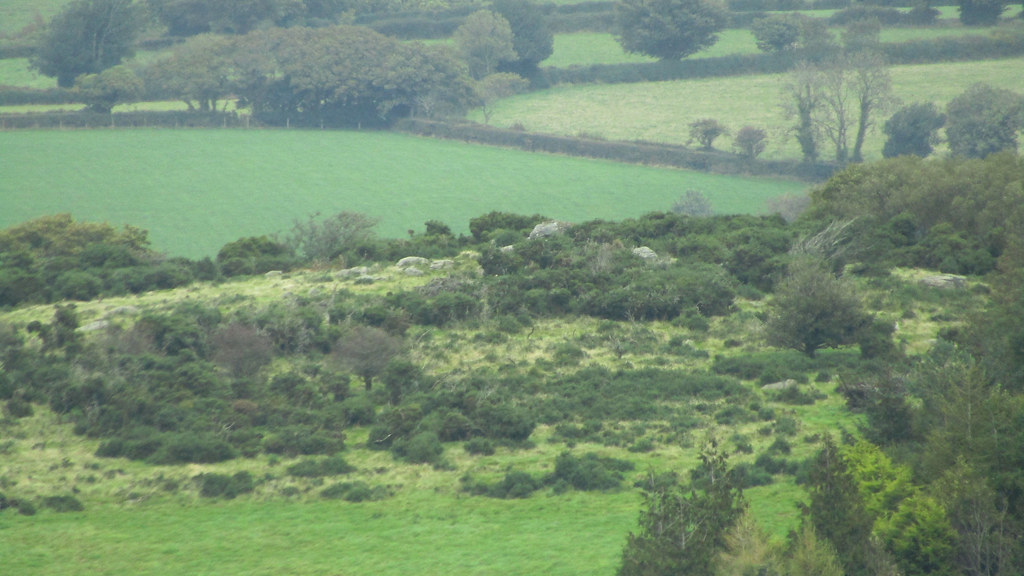It wasn’t my intention, but Bee Tor was to be the last tor to bag on the Social Hiking list. I had written to the landowner a couple of months ago but not heard back, so I mustered up the confidence to drive by and knock on the door.
But beforehand, on my way to do so, I parked up on Shapley Common, which affords the best view of the outcrop. It is a short, squat collection of granite. From this distance it definitely looks like a tor for the enthusiast and anyone else wouldn’t even spot it on the summit of this low scruffy hill.
Unrelated to the task in hand, I was distracted by a handful of Highland Cattle sat beside the car park; you would be forgiven for thinking they were positioned there, by the National Park, for the benefit of the tourist coaches! Let’s face it, these mild mannered beasts are a magnet for sightseers and seem to revel in the attention of the photographer. They are stunning and they know it!




I eventually tore myself away from these beauties, and hopped into the car to descend to the narrow lane that goes to Lettaford. I parked outside the house and walked up the drive, a little apprehensive now I was actually doing it. I’m not a fan of cold callers myself, so I wasn’t keen on being one!
The owner was not irked by my call, he immediately knew who I was, thanks to my letter, and admitted he had meant to contact me and grant permission. Not feeling the need to escort me, likely because of the rain that was now falling, he gave instructions as to where the tor itself could be found, explaining it was said to be named as such because at a certain angle it can resemble a bee.
With this information, I proceeded to pass through a side gate and pick my way up the hill.

The lower slopes were rough grass, adorned with the odd lump of tumbled granite, then small gorse bushes, that increased as height was gained.


I passed a lower outcrop, split in two. Not Bee Tor itself, as the owner had told me, for that was further up, to the right.

Through a space in the gorse, on to the top of the hill, the outcrops, although small, were more plentiful.

To the right, I could see the largest outcrop, a huge bulk, also split in two. It didn’t, in any way, resemble a bee to me, so I’ll take the story with a pinch of salt, although the gorse prevented a 360 degree perambulation of it, so I can’t dismiss it entirely.


Standing atop the highest point of Bee Tor, in the wind and the rain, it was fitting that this remarkable journey I have taken across Dartmoor would end with conditions for which the park is renowned. Despite the inclement conditions I could just make out some views; To the north, Meldon Hill and Nattadon Common, to the west, Shapley Common, and to the south-east, Easdon Down. On a good day I’m sure much more can be seen.


I left the windswept summit, with its toppled holly bush. A modest example of a tor, but it didn’t affect my smug feeling of accomplishment. As I passed the house, I gave a two thumbs up to the owner waving from his window, and headed home. Job done!

